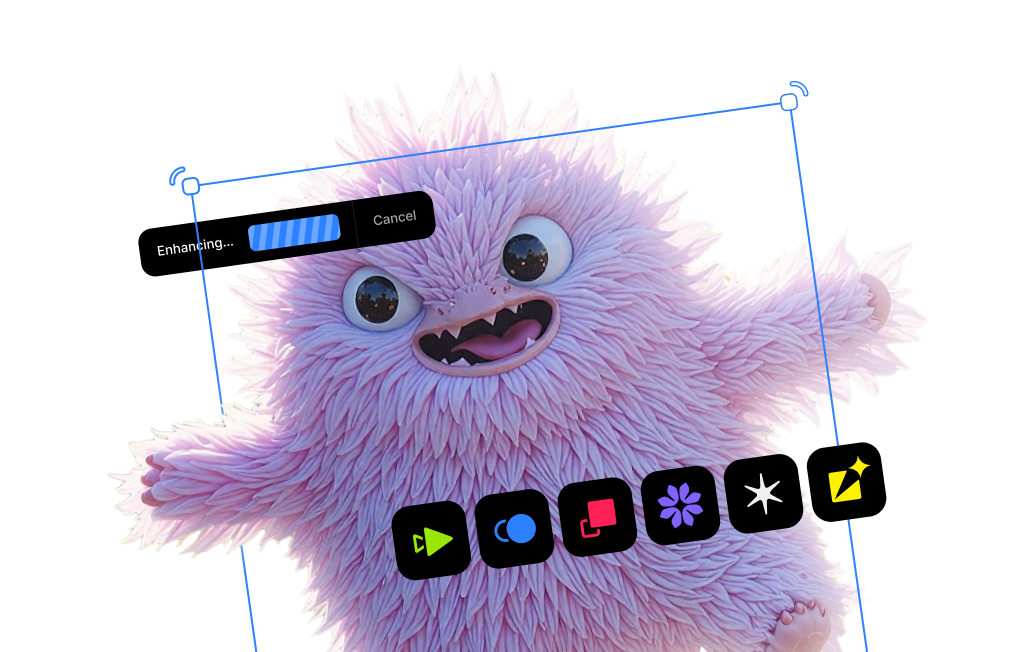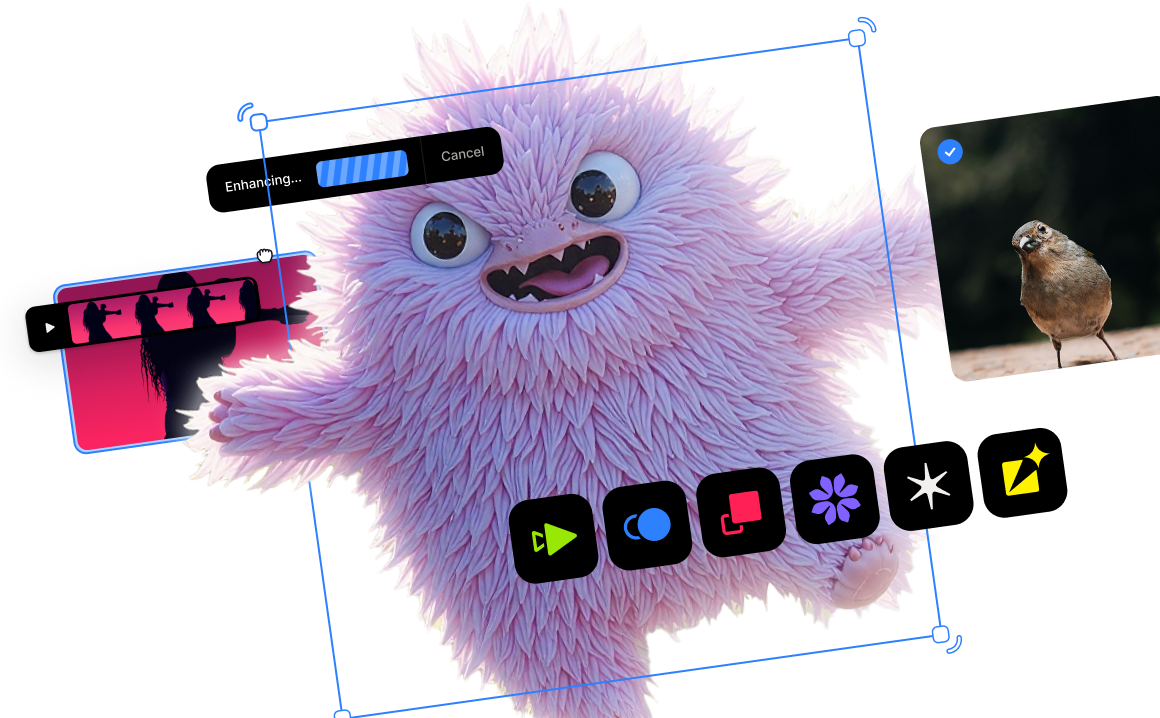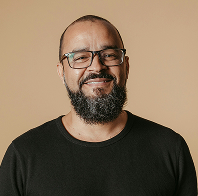Liquid Commercial Photography with David Lund

How did you get your start in photography and what brought you to this genre?
Like a lot of professional photographers, I’ve always had an interest in shooting. The step to commercial photography happened very suddenly and unexpectedly, around five years ago, when I was invited to a Hasselblad camera demonstration. At the time I had no intention of purchasing a camera, however, I saw the breathtaking image quality and my conceptual mind put two and two together and I knew this was something I wanted to pursue.
Almost immediately, I spent £50K on a kit. The style is really a love for the nature and characteristics of liquids. Everyone will naturally specialize in a specific genre and for me it’s liquids.

Before a photo shoot, do you plan the setup in advance or is it more of an experimental process?
There is often an element of experimentation, especially with liquids, but yes there is a great deal of prep involved prior to the actual shoot day. When you are shooting international, high budget campaigns then you do need to ensure everything runs smoothly – the stakes are high.

With the very creative liquid photography there is often a need to create a bespoke set up for the shoot. For Grant’s we had to make a device that made the glasses look like they were floating in mid-air, above each other, but then be able to remove the glasses away and clean them after every shot. You can see this in the behind the scenes video. And yes, we really did use real whisky for these splashes, 20 bottles in all!
How do you obtain such tack-sharp photos?
With liquid photography the absolute key factor is high speed lighting. Shutter speed has almost nothing to do with it; it’s all about the lighting. For high speed lighting my preference is always Broncolor. They’re the Rolls-Royce of a lighting kit. With rapid light exposure of up to 1/1200th of a second. For moving liquids you always want to shoot above 1/8000th of a second.
The other factor is the camera. In my opinion, the Hasselblad is a spectacular camera and there is no better camera, period. They are expensive, but they are the best.

The ice cubes in your photography look out of this world. Do you use a combination of lighting and post processing to achieve this look?
I rarely use real ice, it’s all smoke and mirrors. For the recent Shell shoot, where we had to capture huge quantities of different oil shapes, we used water, food coloring and a secret thickening agent, all mixed in huge drums with a high powered paint mixer.
The ice cubes are acrylic and purchased from a company in the US. Brilliantly pure and individually crafted cubes: www.fakeplasticicecubes.com. I use DeNoise AI on over 90% of my images. It’s almost as if it’s designed for shooting liquids, way better than anything you can achieve in Photoshop alone.

For a beginner, what’s the most important thing to understand or know about liquid commercial product photography?
Lighting, it’s all about creating emotion. Create an image that initiates an emotive response in the viewer. If you flood a product with light you increase information and decrease the emotion. Every product has a character and the art is knowing how to relate that within the lighting style. Don’t use too many lights. So often people will flood a set up with lights. I sometimes will only use one light and then place reflective mirrors in designated areas.
I learned a great deal about lighting from Karl Taylor when I first started off. It was his tutorial DVDs that were the key for me. It taught me to understand how to control light to achieve the image you want. Change the way someone feels and they will remember the image.
What’s the biggest challenge when it comes to a liquid commercial photography photo shoot?
Every shoot has a particular set of requirements. Specializing in liquids, however, the biggest challenge is using light to capture the correct look for a particular liquid. It if’s a Bacardi shoot, you need translucence in the liquid without losing the rich color of it. If it’s for oil, like the recent photoshoot for Shell, it’s about lighting the liquid to look rich, smooth and, in this job, elegant as we were after smooth, flowing lines. Milk, Coca Cola, Whisky, oil… all liquids require exact and particular lighting techniques.

What gear do you typically take with you to a photo shoot?
As I’m writing, I am surrounded by photography gear, deciding on what to take on a shoot in New Zealand (usually as little as possible if I can help it). I shoot on a Canon 5D Mark III and Hasselblad, both have their places. Any helicopter shoots are always Canon – I like to shoot fast. Standing in the middle of a river, in my waders with my 20K Hasselblad isn’t something I encourage, but I haven’t slipped yet! This forthcoming shoot is all landscape, rivers and capturing fly fishing in the epic rivers of the island. I’ll have two speedlights, that’s all. Normally on shoots there would be 3 or 4 Peli cases filled with lighting gear.
How much time do you spend digitally processing these liquid images?
The nature of my liquid work is heavily composite based. The way I shoot has changed a great deal, I think and shoot in layers, seeing how they will be combined and merged together later in Photoshop and Topaz. So the post production can be very time consuming. The Grant’s images were a combination of between maybe 60 and 90 images each, all pieced together. Every little liquid shape is considered. I’ll use Topaz throughout the process but there is always a final stage once the image composition is completed, when I apply my favorite filters to really make the image pop.

For somebody on a budget, what advice do you have for them doing product photography in his own home?
You can spend a fortune on a lighting kit and accessories, 30K easily these days. However, one of the materials I use a great deal with is tracing paper. A trick that Karl Taylor taught me is to leave the expensive kit on the shelf and use a large sheet of tracing paper. I make wooden frames, say 4 feet by 7 feet or longer (can be much smaller) and then wrap the paper around the frame so it has two layers of paper.
Put a light near this (DON’T let the paper touch it as tracing paper easily burns!). See how the light has a beautifully smooth fading fall off of light. This type of lighting will wrap around a product. Practice placing the scrim closer and further away from the product you’re shooting and also the light…closer and further away as well as to the sides.
Another great Karl Taylor tip is a mirror. A plastic mirror is best and you can buy large sheets very cheaply. The silver mirror reflective surface gives a very crisp bounce of light back into the object. Those two items are often all I will use for a simple product shoot. Especially if the product is black, I find a mirror reflector particularly good on black objects as it produces crisp lighting results.
About David Lund
David Lund is a commercial photographer who specializes in shooting liquids. He works on many high profile campaigns for an array of clients. His portfolio includes images for Grant’s whisky, Shell, Disaronno and Fosters to name a few.
See more of David’s work at davidlund.co.uk




.png)
.png)
.png)




